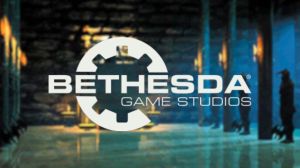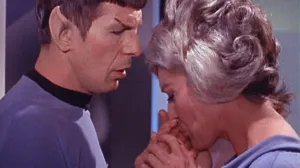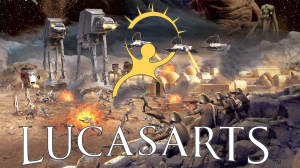As is the case with roguelikes, Soulslikes have become one of the most popular genres as of late. FromSoftware’s reign has continued with Elden Ring and its recent multiplayer spin-off Elden Ring Nightreign, but other titles like Lies of P, Black Myth: Wukong, Wuchang: Fallen Feathers, Lords of the Fallen, Thymesia, Mortal Shell, Nioh, and countless others have also contributed to the genre in their own ways.
Videos by ComicBook.com
However, there are a handful of downright frustrating features these many of these titles have in common, ones that have remained a blight on this genre almost since its inception. As such, here are six things Soulslikes need to stop doing.
1) Long Runs to Bosses

RELATED: Lies of P: Overture Review: Lying With the Greats
This genre, if nothing else, prioritizes boss fights in a way few others do. These big battles often showcase the best work of the combat designers, art teams, and composers, as genre standouts almost always use these elements to make these fights feel as important as they should feel.
They’re also often the hardest part in each soulslike, which means players are going to spend a lot of time dying and restarting. And, shamefully, many Soulslikes seem to think the run to the boss is a cherished pastime when it’s only tedious busywork. Sprinting to the battle is not the engaging part; it’s just filler. Long load times make this worse, too, as was the case with Bloodborne.
But even with faster loading, many games, like the recent Wuchang: Fallen Feathers, are still adamant that the checkpoints be at least a 75-second run from the actual boss. Some games like Nioh and Lies of P are better at this, but these bosses should always have a checkpoint right outside the door.
2) Not Being Able to Pause

Not being able to truly pause Dark Souls makes some sense, given the nature of its online invasion system. However, many developers have confused this as a genre staple, which is ridiculous. Lies of P, Mortal Shell, and Wuchang, for example, have no surprise multiplayer functionality whatsoever, yet players cannot pause them. Cats hack up hairballs. Phones ring. The urge to go to the bathroom strikes. It’s absurd to force players to lock in all the time when that’s not how life works.
Some games let players get around this in weird ways. Photo modes, like the ones seen in the Demon’s Souls remake, Nioh, Black Myth: Wukong, and Mortal Shell, to name a few, will pause the game. Demon’s Souls, however, will cut out of photo mode when another player invades, so not even this is foolproof. Nioh also launched without the ability to pause, only to get it later in a patch, albeit one that required two button presses and can’t always be done in a pinch. The First Berserker: Khazan can technically be paused, but only by holding the console’s home button for a few seconds.
Regardless, these are all silly workarounds. Pausing should always be as simple as tapping the Options button, which is how it works in just about every other game. Another Crab’s Treasure and Thymesia are two such Soulslikes that show that it is truly possible.
3) Locking Souls in the Boss Arena

It happens in nearly every soulslike. You unknowingly stumble into the boss arena with just a satchel full of Souls, only to drop them within 15 seconds. The problem is now those Souls are trapped in there with that big baddie until you can kill it, a process that might take a couple of hours.
They are essentially wasted Souls since you’ll probably die at least once running to them, especially in a game like Wuchang where the Red Mercury drop is strangely small and hard to see (as shown in the above picture). Stepping onto the battlefield only to hurriedly sprint to your Souls before engaging is, like long runs to the boss fight itself, a tedious process that gets away from the meat of actually fighting the giant dragon you’re there to slay. This is even more frustrating when these bosses unexpectedly ambush the player. Once again, the focus should be on the boss itself.
Lies of P and Nioh 2 have solved this, though. Lies of P neatly places the Ergo outside of the boss area, while the Amrita just automatically warps to the player in Nioh 2 once they step into the arena. The former is preferable since a tough boss fight with Nioh 2’s system means those Souls are stuck in there until the boss dies. But both are preferable to the hostage situation found in most other Soulslikes.
4) Silent Protagonists
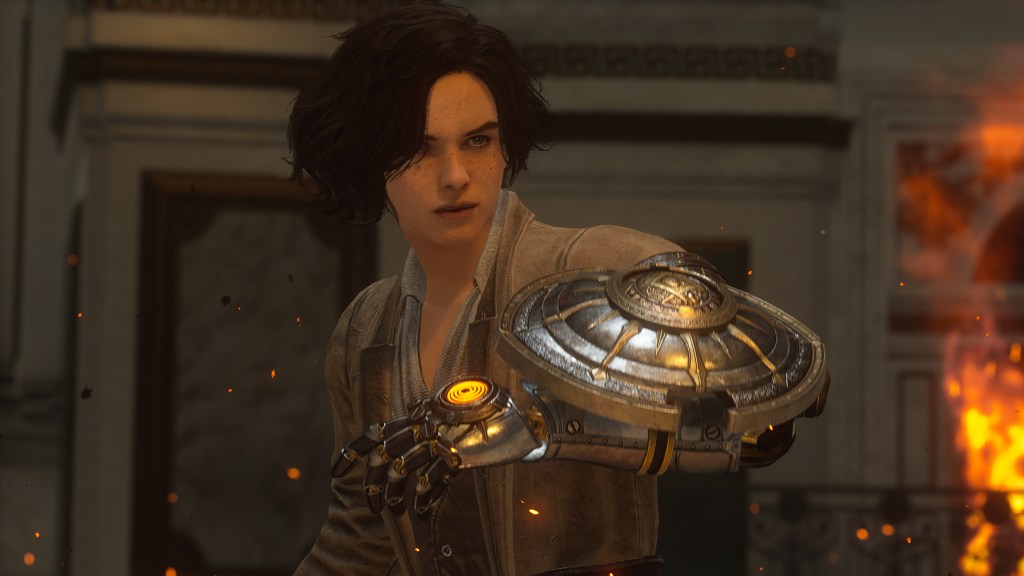
A silent protagonist can put the focus on the world and can fit the grim tone, as is often the case with FromSoftware’s games. However, that doesn’t mean every other soulslike needs to have a main character incapable of speaking. This is limiting from a narrative standpoint, especially since many don’t have worlds that are fleshed out enough to compensate.
Getting players to absorb a story through item descriptions and cryptic whispering of old witches is only possible if they want to learn more. It’s a tough ask for most games, particularly ones with less-than-stellar worlds. If the lore isn’t deep enough to take center stage, that puts more weight on the protagonist. And if they don’t speak, then there’s not much else that can save the narrative.
Lies of P is one example where a voiced protagonist would help. P does technically speak since characters respond to him, but having a true voice would help sell his journey to become more human. Many Soulslikes, including every one from Team Ninja, have bland stories anyway and not every entry has to have a voiced protagonist, but it is not always the best decision to forsake a more lively and defined main character.
5) Lacking Features
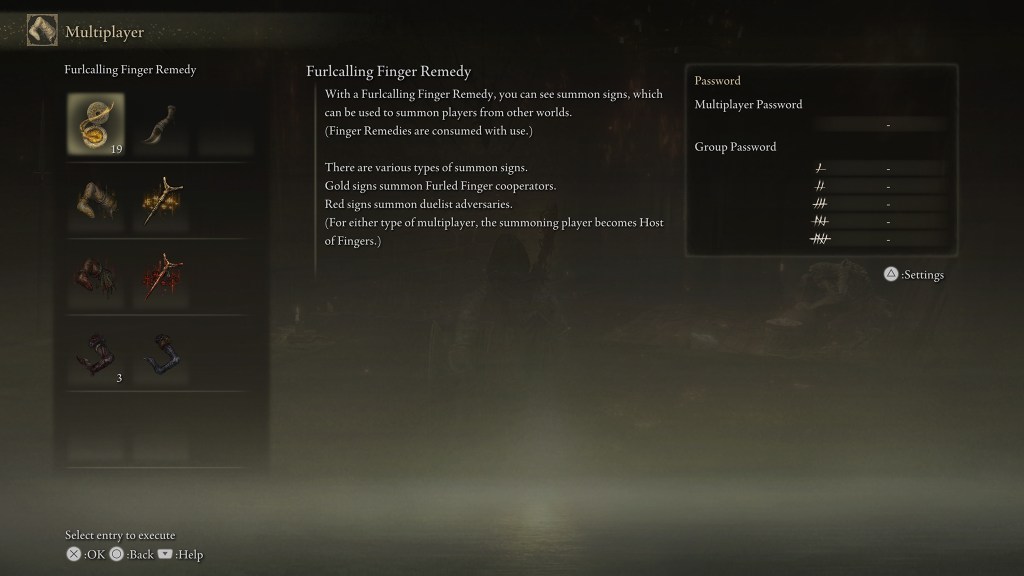
Elden Ring Nightreign, a beloved multiplayer video game that was released by an acclaimed studio in 2025, doesn’t have crossplay. That shouldn’t even be possible, but it’s yet another feature FromSoftware has neglected. Multiplayer has always been a headache in these games (or at least not as seamless as it should be), and that’s only gotten more annoying as the years have gone on. But this is just the tip of the iceberg.
This genre is known for being prickly, but it’s about time it started generally having features to help out more players. There’s no reason Soulslikes can’t have more accessibility features to accommodate more types of players, be it colorblind modes, high contrast filters, or, yes, even easier difficulties. Catering to hardcore users who want their faces pounded in is essential, though, but gentler settings (paired with appropriate disclaimers conveying the developer’s ideal experience) wouldn’t hurt.
Lies of P, in some aspects, is another standout here. Its two new, easier difficulties will let more people see what the game is truly about without resorting to YouTube. The added boss rush is another mode that should be a genre staple (which is also in 2023’s Lords of the Fallen in some form). It’s possible to push forward for those who already love these games, as well as ease more people in and meet them where they are.
6) Constant Annoying Ambushes
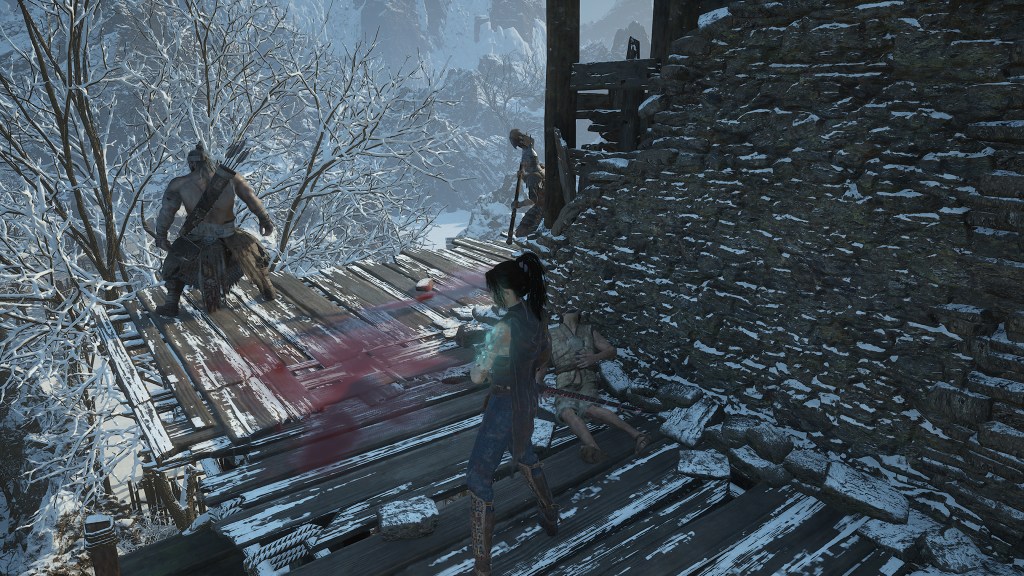
One of Demon’s Souls most iconic early moments comes near the beginning when a dragon blazes an entire bridge when the player walks across it. This trick is also more or less repeated in Dark Souls‘ introductory hours. It was surprising and novel at the time, while also letting new users know how deadly the world was.
However, this has translated to subsequent games in the genre feeling like they always had to put traps in nefarious places to get a clippable moment out of it. But they are rarely done well and are more often than not just a guy with an axe hiding behind a corner.
2023’s Lords of the Fallen was particularly annoying in this regard, as it seemed like every other wall had some creep just out of view. Wuchang is also rather guilty of this because it frequently pulls this cliché stunt in various ways that range from the classic “guy hiding around the corner” to poorly telegraphed landmines hiding in the snow.
These moments should be treated like jump scares in horror games. They’re not inherently bad but are often a cheap tool or crutch that are overutilized by mediocre to average games.


